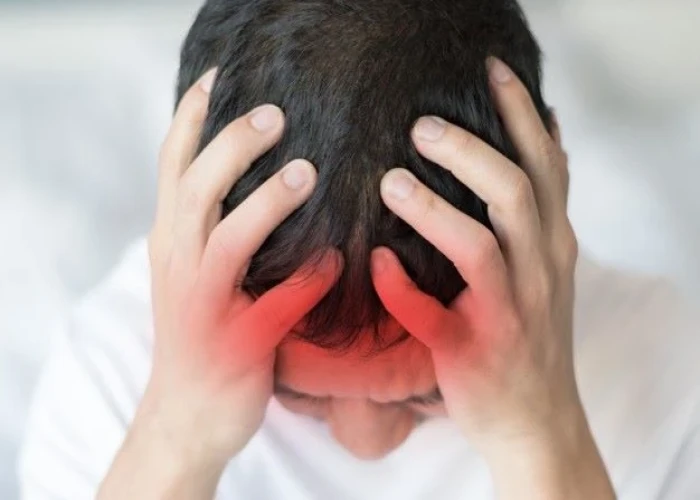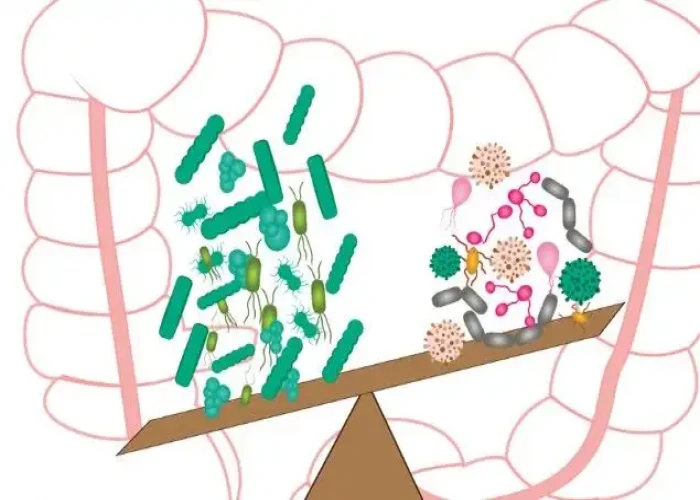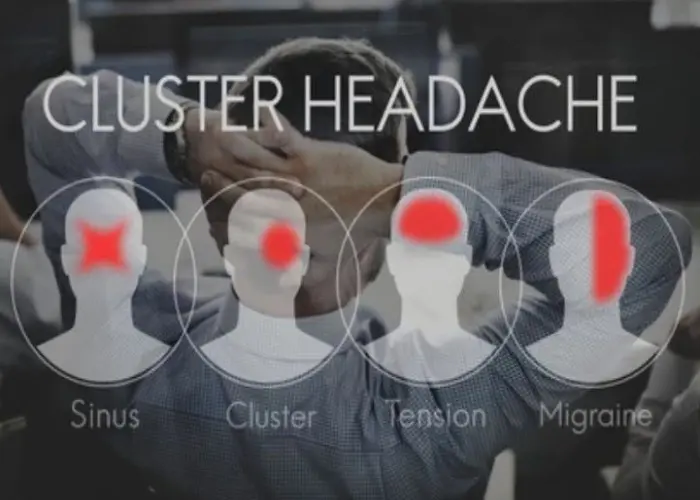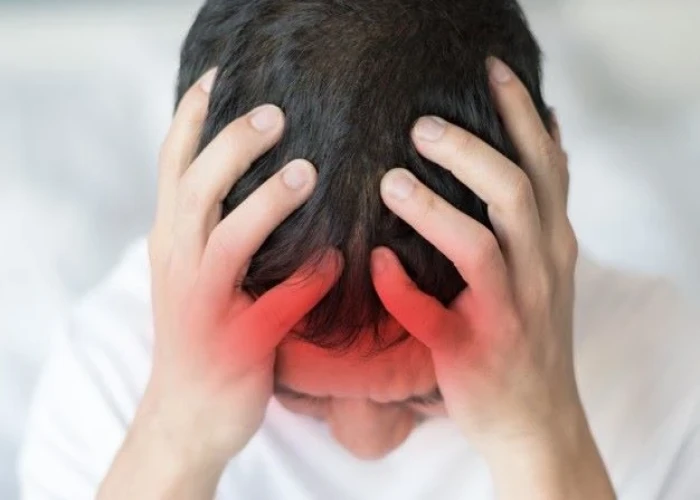 Welcome
Welcome
“May all be happy, may all be healed, may all be at peace and may no one ever suffer."
Moyamoya disease

Moyamoya disease is a rare progressive cerebrovascular disorder characterized by the narrowing or blockage of the blood vessels in the brain. This narrowing leads to the development of small, fragile blood vessels called "moyamoya vessels," which can be prone to bleeding, causing strokes or other neurological complications.
The exact cause of Moyamoya disease is unknown, but it is believed to be related to genetic mutations that affect the development of blood vessels in the brain. It is more common in people of Asian descent, and it can occur in children as well as adults.
Symptoms of Moyamoya disease may include:
- Headaches
- Seizures
- Weakness or paralysis on one side of the body
- Speech difficulties
- Cognitive impairment
- Vision problems
Diagnosis of Moyamoya disease involves imaging tests, such as MRI or CT scans, to visualize the narrowing or blockage of the blood vessels in the brain. Treatment options for Moyamoya disease may include medications to manage symptoms, as well as surgical procedures to improve blood flow to the brain, such as revascularization surgery or bypass surgery.
If you or a loved one are experiencing symptoms of Moyamoya disease, it is important to seek medical attention from a neurologist or neurosurgeon. Early diagnosis and treatment can help to prevent or reduce the risk of serious complications, such as stroke or permanent neurological damage.
Research Papers
Disease Signs and Symptoms
- Headaches
- Seizures
- Weakness
- Difficulties with speaking or understanding others (aphasia)
Disease Causes
Moyamoya disease
The exact cause of moyamoya disease is unknown. Moyamoya disease is most commonly seen in Japan, Korea and China, but it also occurs in other parts of the world. Researchers believe the greater prevalence in these Asian countries strongly suggests a genetic factor in some populations.
Sometimes, vascular changes can occur that mimic moyamoya disease but may have different causes and symptoms. This is known as moyamoya syndrome.
Moyamoya syndrome is also associated with certain conditions, such as Down syndrome, sickle cell anemia, neurofibromatosis type 1 and hyperthyroidism.
Disease Prevents
Disease Treatments
Doctors will evaluate your condition and determine the most appropriate treatment for your condition. Treatment doesn't cure moyamoya disease but can be very effective in preventing strokes. The goal of treatment is to reduce your symptoms, improve brain blood flow, and lower your risk of serious complications such as an ischemic stroke caused by a lack of blood flow, bleeding in your brain (intracerebral hemorrhage) or death. The prognosis for moyamoya disease depends on several factors, including:
- How early the disease was diagnosed
- How much damage has occurred when you seek treatment
- Whether or not you undergo treatment
- Age
Your treatment may include:
Medication
Medications may be prescribed to manage symptoms, to reduce the risk of a stroke or to aid in seizure control, including:
- Blood thinners. After you're diagnosed with moyamoya disease, if you have mild or no symptoms at first, then your doctor may recommend that you take aspirin or another blood thinner to prevent strokes.
- Calcium channel blockers. Also known as calcium antagonists, this type of medication may prove helpful in managing symptoms of headaches and possibly reduce symptoms related to transient ischemic attacks. These drugs can help manage blood pressure, which is essential in people with moyamoya disease to prevent blood vessel damage.
- Anti-seizure medications. These medications could be helpful for those who have had seizures.
Moyamoya surgery types
Early surgical treatment can help slow progression of moyamoya disease. If you develop symptoms or strokes and/or if tests show evidence of low blood flow to your brain, your doctor may recommend revascularization surgery.
In revascularization surgery, surgeons bypass blocked arteries by connecting blood vessels on the outside and inside of the skull to help restore blood flow to your brain. This may include direct or indirect revascularization procedures, or a combination of both.
- Direct revascularization procedures. In direct revascularization surgery, surgeons stitch (suture) the scalp artery directly to a brain artery (superficial temporal artery to middle cerebral artery bypass surgery) to increase blood flow to your brain immediately.
- Direct bypass surgery may be difficult to perform in children due to the size of the blood vessels to be attached, but it's the preferred option in adults. This intervention can be performed safely and with high efficacy by an experienced surgical team that treat moyamoya patients on a daily basis.
- Indirect revascularization procedures. In indirect revascularization, the goal is to lay over the brain surface blood-rich tissues to increase blood flow to your brain gradually over time. In high-volume surgical centers, indirect revascularization is almost always combined with direct revascularization in adult patients.
- Types of indirect revascularization procedures include encephaloduroarteriosynangiosis (EDAS) or encephalomyosynangiosis (EMS), or a combination of both.
- In encephaloduroarteriosynangiosis (EDAS), your surgeon separates (dissects) a scalp artery over several inches.
- Your surgeon makes a small temporary opening on the skin to expose the artery, then makes an opening in your skull directly beneath the artery. The surgeon lays the intact scalp artery to the surface of your brain, which allows blood vessels from the artery to grow into your brain over time. The surgeon then replaces the bone and closes the opening in your skull.
- In encephalomyosynangiosis (EMS), your surgeon separates (dissects) a muscle in the temple region of your forehead and places it onto the surface of your brain through an opening in your skull to help restore blood flow.
- Your surgeon may perform EMS with EDAS. In this procedure, your surgeon separates (dissects) a muscle in the temple region of your forehead and places it onto the surface of your brain after attaching the scalp artery to the surface of your brain. The muscle helps to hold the artery in place as blood vessels grow into your brain over time.
Possible surgery risks of revascularization procedures for moyamoya disease include changes in pressure in the blood vessels in the brain causing symptoms such as headaches, bleeding and seizures. However, the benefits of surgery largely outweigh the risks.
Some people with moyamoya disease develop a bulge or ballooning of a blood vessel in the brain known as a brain aneurysm. If this occurs, surgery may be necessary to prevent or treat a ruptured brain aneurysm.
Therapy
To address the physical and mental effects of a stroke on you or your child, your doctor may recommend an evaluation by a psychiatrist or therapist. Without surgery, moyamoya disease can cause mental decline due to narrowing blood vessels. A psychiatrist may look for signs of problems with thinking and reasoning skills, or monitor you or your child for signs that those problems are worsening.
Physical and occupational therapy can help regain any lost physical function caused by a stroke. Cognitive behavioral therapy can help address emotional issues related to having moyamoya disease, such as how to cope with fears and uncertainties about future strokes.
Disease Diagnoses
Disease Allopathic Generics
Disease Ayurvedic Generics
Disease Homeopathic Generics
Disease yoga
Moyamoya disease and Learn More about Diseases

Cancer

Indigestion

Hirsutism

Small intestinal bacterial overgrowth (SIBO)

Canker sore

Constipation in children

Cluster headache

Patellofemoral pain syndrome
moyamoya disease, ময়মোয়া রোগ
To be happy, beautiful, healthy, wealthy, hale and long-lived stay with DM3S.
